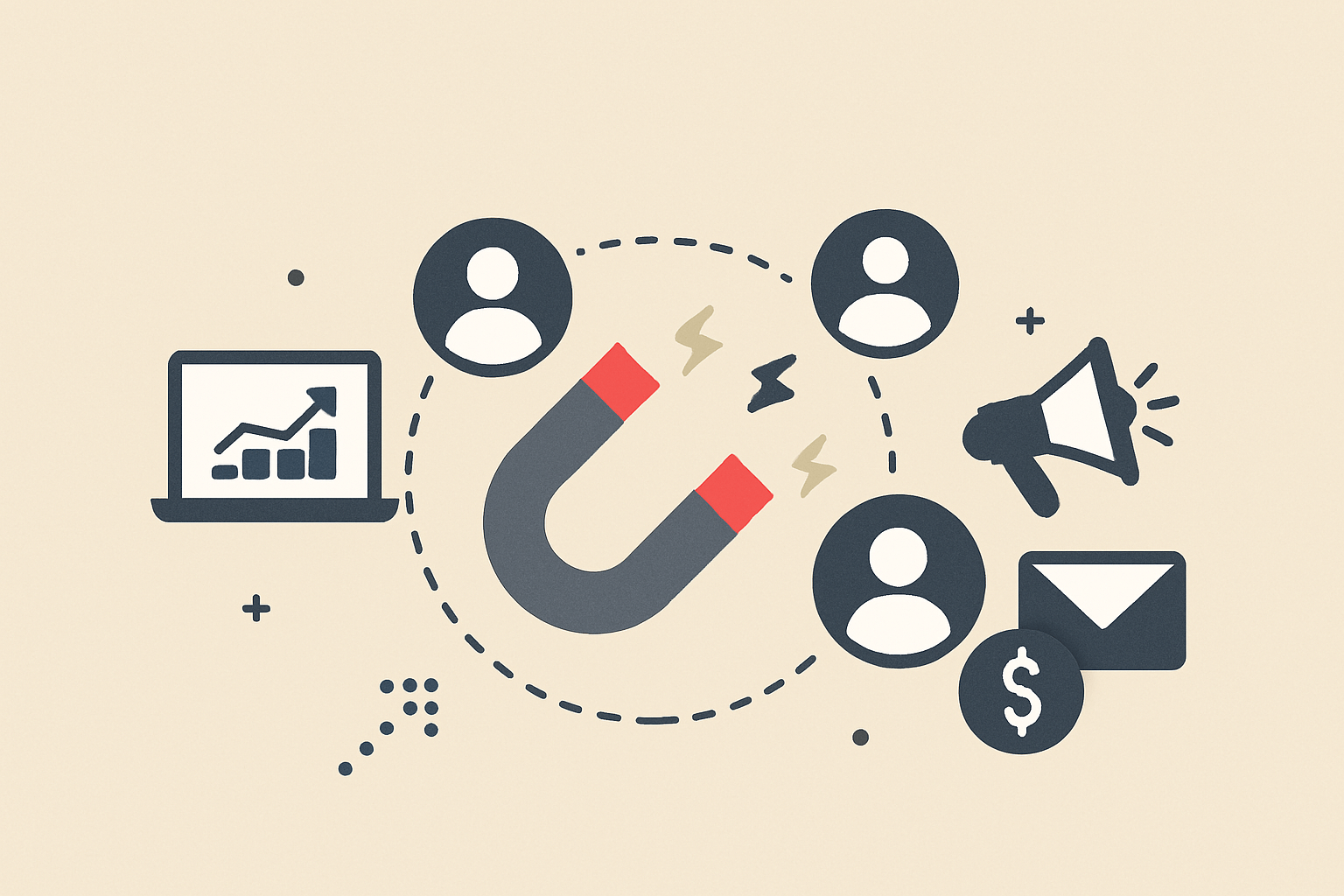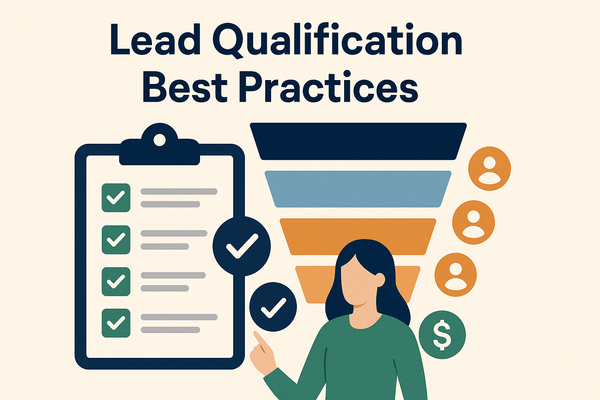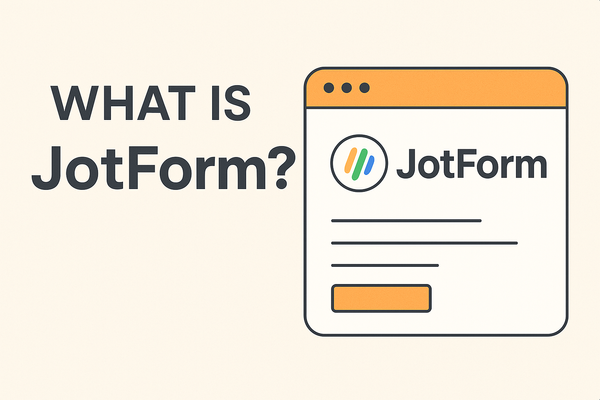Inbound Lead Generation: Proven Strategies to Attract and Convert Leads

In 2025, inbound lead generation is one of the most effective ways to grow your business. It focuses on attracting the right audience, building trust, and turning visitors into qualified leads—all without being intrusive.
Unlike outbound methods like cold calls or direct ads, inbound is about creating value. It’s a long-term strategy that uses content, social media, and SEO to generate interest and drive traffic to your website.
Let’s explore how to build an inbound lead generation machine that delivers high-quality leads and boosts your sales.
Inbound Marketing
Inbound marketing is the foundation of modern digital lead generation. Instead of pushing messages out, it focuses on attracting prospects through valuable content, SEO, and personalized email marketing. The idea is simple: when you provide the right information at the right time, your audience naturally becomes interested in your product or service. This makes the lead generation process feel more human and less like a hard sell.
At its core, inbound marketing helps turn strangers into visitors, visitors into leads, leads into customers, and customers into brand advocates. It works because it's built on trust, education, and solving real problems—three things that every B2B and B2C buyer values.
Differences Between Inbound and Outbound Lead Generation
Understanding the differences between inbound and outbound lead generation is essential when designing your overall marketing strategy.
| Inbound Lead Generation | Outbound Lead Generation |
|---|---|
| Attracts leads organically through content and SEO | Pushes messages via ads, cold calls, and emails |
| Builds trust and long-term engagement | Often seen as intrusive |
| Better suited for complex B2B sales | Good for fast results or B2C sales |
| Leads come to you | You reach out to leads |
With inbound, you're building a system that consistently generates inbound leads over time. With outbound, you're using paid campaigns and direct contact to reach potential leads quickly.
Most successful businesses use a mix of both—especially when building a complete lead gen strategy.
Tapform: A Better Way to Capture Inbound Leads
One of the most important steps in the inbound lead generation process is effective lead capture—and that’s where Tapform comes in.
Tapform is a powerful lead capture software designed to make collecting and qualifying inbound leads easier than ever. Whether you're running a B2B inbound marketing campaign or offering a free resource on your website, Tapform helps you build high-converting forms, optimize landing pages, and streamline the lead capture experience for your visitors.
With features like multi-step forms, conditional logic, and CRM integrations, Tapform empowers your sales and marketing teams to work together and turn interested visitors into qualified leads—fast. It’s user-friendly, customizable, and built to support any inbound lead generation strategy, no matter your industry.
Inbound Lead Generation Strategies That Work
Now let’s explore the most effective inbound lead generation strategies that help increase inbound leads and attract marketing qualified leads and sales qualified leads.
1. Start With Search Engine Optimization (SEO)
People use search engines like Google every day to find solutions. That’s where your content needs to be.
Use search engine optimization to make sure your website shows up in relevant results. Focus on keywords your target audience actually searches for.
Include meta descriptions, fast-loading pages, mobile-friendly design, and smart internal linking.
2. Create Different Types of Content
There’s no one type of content that works for everyone. Instead, use a mix of:
- Blog posts
- Landing pages
- Case studies
- Webinars
- Video tutorials
- Interactive tools
- Comparison guides
Each type of lead consumes content differently. Use analytics to identify the way of content that works best for each buyer persona.
3. Build a Lead Capture System
You can’t generate inbound leads if you’re not collecting information.
Use smart lead capture tools like pop-ups, forms, and exit-intent offers. Give something valuable in exchange for an email: a free checklist, template, tool, or access to a webinar.
Make sure your pages are optimized for conversion and that CTAs are clear and actionable.
Email Marketing and Lead Nurturing
Once you capture leads, the next step is lead nurturing. This means guiding prospects through the buyer journey using email marketing and personalized content.
Set up automated email sequences based on user behavior. For example:
- A new lead downloads your guide → gets a welcome series.
- A repeat visitor reads pricing info → gets a product comparison.
- A B2B lead requests a demo → gets a detailed email sequence about ROI.
Email marketing is one of the most powerful tools for lead management. It keeps your brand top of mind and moves people from marketing qualified lead to sales qualified lead.
Use Lead Scoring and Lead Qualification
Not all leads are ready to buy. That’s why lead scoring and lead qualification matter.
With lead scoring, you assign points to leads based on their actions—like clicking links, visiting a pricing page, or attending a webinar.
Once a lead hits a certain threshold, they become a sales qualified lead. This tells your sales team it’s time to follow up.
Using tools like HubSpot, Salesforce, or Zoho CRM, you can automate this lead qualification process and align your sales team and marketing for better results.
How to Generate Inbound Leads in B2B?
B2B inbound lead generation is often more complex. The buyer journey is longer, and decisions involve multiple stakeholders.
So how do you generate leads in the B2B space?
- Use targeted blog content that addresses pain points.
- Host expert webinars to build authority.
- Create case studies that show real results.
- Offer downloadable resources (ROI calculators, guides, industry templates).
- Engage on LinkedIn, where B2B buyers live.
You can also try account-based marketing—targeting specific companies with personalized landing pages and emails.
Lead Generation Process: Step-by-Step
Here’s a simple breakdown of the lead generation process from start to finish:
- Attract – Use SEO, content, and social media to bring in visitors.
- Capture – Use CTAs, forms, and offers to collect lead information.
- Qualify – Score and segment leads based on behavior and interest.
- Nurture – Send targeted emails to move leads through the funnel.
- Convert – When ready, pass to your sales team to close the deal.
Track every step using analytics and make improvements based on real data.
Powerful Inbound Lead Generation Tools
To scale your inbound lead generation efforts, use smart tools. Here are a few worth trying:
- HubSpot – for content, forms, and email automation.
- Google Analytics – to track traffic and behavior.
- Zapier – to connect your tools and automate processes.
- SEMRush / Ahrefs – for SEO and keyword research.
- LinkedIn Ads – for B2B lead capture and retargeting.
Each of these tools supports different parts of the inbound lead generation process and can help you generate more leads over time
Final Thoughts
Inbound marketing isn’t just a trend—it’s the best way to generate leads that actually want to hear from you.
With the right inbound lead generation strategies, your business can build lasting relationships, improve lead quality, and increase revenue without relying on cold outreach.
To succeed, you need to use search engine optimization to attract organic traffic and create valuable, diverse content that speaks directly to your audience’s needs. It’s also important to invest in email marketing and consistent lead nurturing to move prospects through the funnel. Aligning your sales team with your overall marketing strategies ensures a smooth and effective lead generation process. Equally important is understanding the differences between inbound and outbound methods so you can choose the best mix for your goals. And finally, commit to constantly improving your approach based on performance and data insights.
Whether you’re trying to increase inbound leads, build B2B inbound lead generation funnels, or improve your lead qualification system, the key is simple: focus on your audience and deliver value at every stage.



